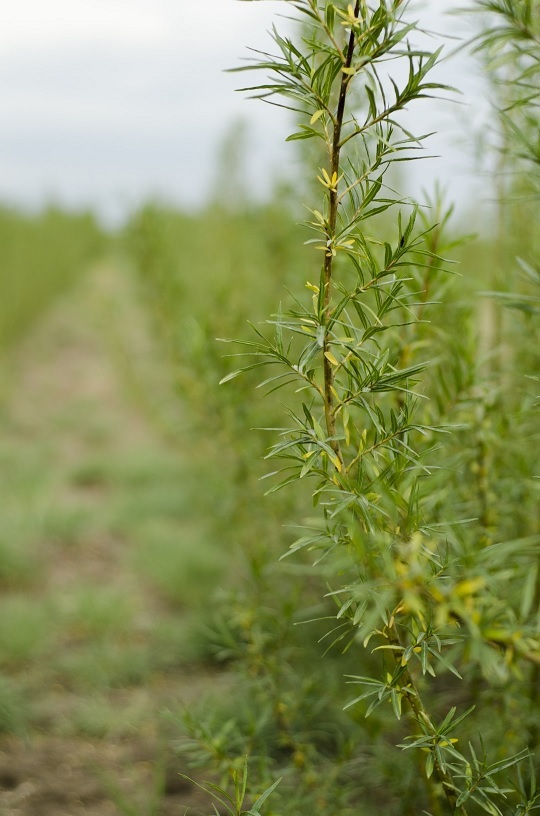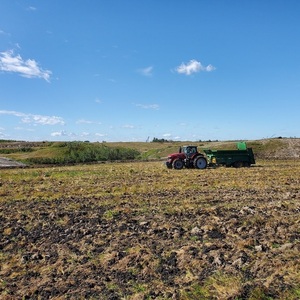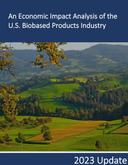Alberta mine reclamation project to produce willow for bioenergy







PHOTO: Alberta Innovates
September 4, 2019
BY Alberta Innovates
Alberta Innovates is joining federal, provincial, municipal and industry partners in contributing to a unique clean technology demonstration project to reclaim land at an Alberta coal mine.
Municipal organic waste from Edmonton will be used to replenish soil at the mine site to grow a willow crop that may be used as a biomass feedstock for renewable energy.
The environmental consulting firm SYLVIS is leading the BIOSALIX project. Westmoreland Mining is providing the demo project site at its Paintearth Mine near Forestburg, Alberta. EPCOR Water Services will process and transport municipal bio solids to the reclamation site.
Advertisement
Alberta Innovates is contributing $1.5 million to BIOSALIX. This investment is being leveraged with funding from the Natural Resources Canada Clean Growth Program and Emissions Reduction Alberta, who are providing $3.8 million and $2.1 million respectively. SYLVIS, EPCOR and industry partners Westmoreland Mining and Bionera Resources, are providing additional cash and in-kind services for a total project value of about $10.5 million
This project is a fine example of how the circular economy works. We can help municipalities manage their organic waste, grow a renewable feedstock for the production of bioenergy and reclaim expired mine sites—all at the same time. Alberta Innovates made an early commitment to this collaboration to demonstrate it is possible to use fast-growing willow as a sustainable biomass feedstock for renewable, clean energy,” said Steve Price, executive director of bioindustrial innovation at Alberta Innovates
The science, know-how and provincial support that Alberta Innovates brings to the BIOSALIX project are critical to its success and its delivery. With this support, SYLVIS and its partners are able to redefine mine reclamation, advance renewable energy development and help climate change mitigation through BIOSALIX in a way that can benefit Albertans and Canada as a whole,” said John Lavery, principal scientist at Sylvis Environmental Services
Advertisement
Alberta Innovates is investing in this project through its Alberta Bio Future program. The program is aimed at expanding a competitive bioindustrial sector in Alberta and adding value to the province’s abundant, renewable biomass resources. Agriculture and forestry wastes and byproducts are being transformed into advanced biomaterials, biochemicals, bioenergy and biocomposites.
Salix (pronounced say’-lix) is the botanical name for willow.
Related Stories
The U.S. Department of Energy Bioenergy Technologies Office (BETO) announced up to $23 million in funding to support research and development (R&D) of domestic chemicals and fuels from biomass and waste resources.
The U.S. DOE has announced its intent to issue funding to support high-impact research and development (R&D) projects in two priority areas: sustainable propane and renewable chemicals and algal system cultivation and preprocessing.
Sens. Sherrod Brown, D-Ohio, and Pete Ricketts, R-Neb., in August introduced the Renewable Chemicals Act, a bill that aims to create a tax credit to support the production of biobased chemicals.
The Chemical Catalysis for Bioenergy Consortium, a consortium of the U.S. DOE’s Bioenergy Technologies Office, has launched an effort that aims to gather community input on the development of new biomass processing facilities.
USDA on March 8 celebrated the second annual National Biobased Products Day, a celebration to raise public awareness of biobased products, their benefits and their contributions to the U.S. economy and rural communities.
Upcoming Events










